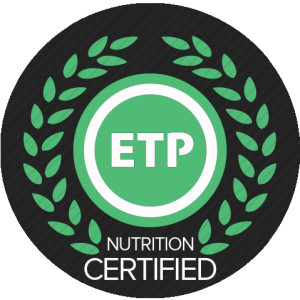
One person swears by the Omega Vert or Breville juicer and the next will tell you their Vitamix or Blendtec are the answers to good health. The debate is always out there. Some espouse the benefits of concentrated vitamins and minerals, while others tell you that if you’re not blending, you’re missing out on the whole food, the fiber and everything else that gets lost when juicing.
This is going to sound crazy…but why isn’t the answer both?


If you’re looking to get an abundance of vitamins and minerals without the bulk of eating the whole fruit or vegetable concoction, juicing is the way to go. Just 4-8 oz. of quality juice can provide extraordinary amounts of nutrition.
One of my favorite beginner green juices, “The green surprise” Is Kale, green apples and a lime. I generally use a head of Kale, about 4 apples and one whole lime. This provides enough for 2 juices, one of which I save. This juice tastes so good, I can get my vegaphobic niece and nephew to drink it!

Kale is very high in beta carotene, vitamin K, vitamin C, lutein, zeaxanthin, and calcium. Kale also contains sulforaphane a chemical with potent anti-cancer properties. Kale is also a source of indole-3-carbinol, a chemical that boosts DNA repair in cells and appears to block the growth of cancer cells. It would stand to reason that Kale should be at the top of your vegetable intake list. As great as it is, I just don’t think I’d eat a head of it a day. So that’s where juicing (and blending) become so advantageous. You can get the benefits of numerous fruits and vegetables without having to spend a large portion of your day gnawing on a several lbs. of produce! Kale is just one example of food we need a lot more of, and juicing and blending offer us an opportunity to do just that.
Generally, when making juice, it’s typical to add in some apple or carrot to temper the greens and provide a good source of liquid for your juice (both carrots and apples contain plenty of water). This is a great book to try for beginners or the seasoned juicer. As always, feel free to adjust juices according to whatever happens to be in your kitchen that day!
Now, on to the smoothy contingent. The advantages and purity of eating the entire piece of fruit or vegetable, the ease of just throwing it all in a blender, and the heartiness of a smoothie, cannot be denied. I will generally use smoothies as a morning or afternoon snack (usually pre or post workout), or as a meal if I’m on the run. Again, the beauty of throwing whatever you have in the fridge is wonderful. Typically you can get a more protein rich, fiberful drink when you blend over juice. Nut milks, or yogurts, nut butters, and even green veggies add ample amounts of protein to help feed your muscles and keep you full. Without adding some protein (mentioned above), or fat source (coconut oil/butter, avocado), you’ll be hungry shortly after. Once you get your base, add in some green veg (I prefer kale and spinach), maybe banana or avocado for a smooth texture, and berries or other fruits you have on hand. The other great thing about smoothies is the ability to add in supplements and superfoods. Bee pollen, maca, probiotics, etc. If you’re looking for inspiration, this Smoothie book is a great one to get started. However, if you’re like me, the fun was making it up all on my own!
One caveat, is that you need to be aware of how much juice you’re actually drinking and how many calories you’re really adding to your smoothies. If you’re just adding excess calories to your diet, you’ll be unhappy with the results to your waistline.
So if it isn’t obvious, I’ll make it clear…I refuse to choose between my beloved smoothies and juices. They both offer such different benefits and yet both allow us the ability to add what we all want and need more of, fruits and vegetables! I urge you to check out one of the books I’ve recommended, or go to an amazing restaurant or café that serves juices and smoothies, and try theirs out. Then start creating your own wonderful blends. I’ll admit, I’ve made a few flops, so start with some known blends and go from there.
Seize Every Moment!






